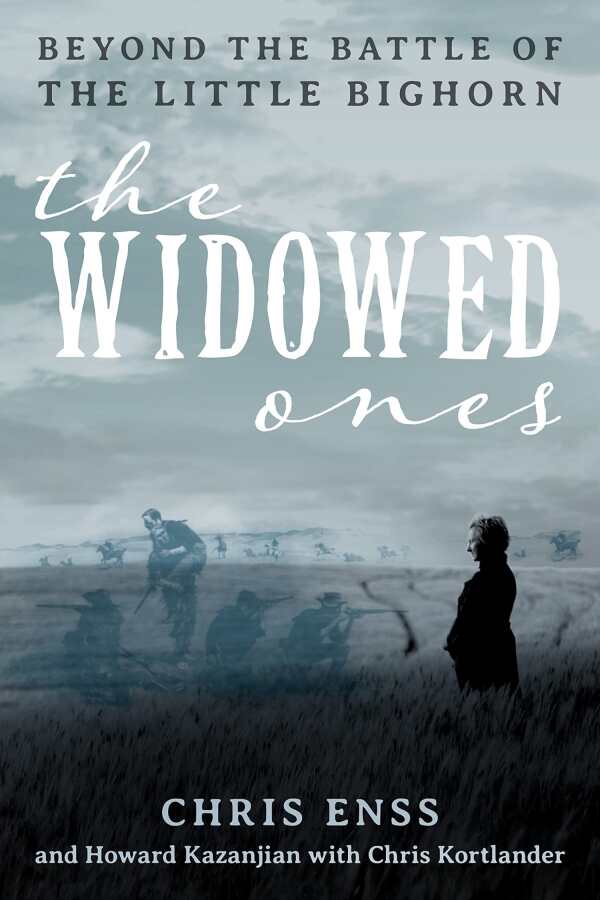The Widowed Ones
Beyond the Battle of the Little Bighorn
- 2022 INDIES Winner
- Honorable Mention, Biography (Adult Nonfiction)
- 2022 INDIES Finalist
- Finalist, History (Adult Nonfiction)
The Widowed Ones is a compelling history text focused on women’s experiences following the Battle of the Little Bighorn.
Chris Enss’s inspiring history title, The Widowed Ones, is about seven women who banded together to overcome their grief.
Focused on Seventh Cavalry Regiment widows following the Battle of the Little Bighorn (otherwise known as Custer’s Last Stand) on June 25th, 1876, the book draws on personal letters, newspaper articles, and excerpts from the women’s memoirs to tell its tale. It shows how they dealt with their grief together, leaning on their strong friendships and honoring the lives and reputations of their fallen loved ones.
Elizabeth Custer’s story bookends the rest. She is presented as the glue and guardian of the seven widows. Before the battle, while living at Fort Abraham Lincoln, Elizabeth and her husband had a close knit group of friends among the young officers and their wives. They were frequent hosts for games of charades and hunting trips. After the men died, she looked out for the women herself, helping them to secure pensions for their families and encouraging them to find work where they could.
Letters from the other widows to Elizabeth reveal how her ongoing communication, even her mere presence in their lives, was a balm for their grief. She outlived the other widows, dying four days shy of her ninety-first birthday. She spent her life defending Custer’s reputation and promoting his legacy through books chronicling their adventures together, and by speaking at events about the Battle of the Little Bighorn.
Additional chapters are devoted to the other widows and their husbands; they also make use of letters to indicate how the women were a source of hope for their spouses, and how they found purpose in this. The gruesome circumstances surrounding the men’s deaths are most evident in the chapters devoted to the secondary wives; these details proffered closure as cherished pictures of the men’s last moments. The book shows that the women coveted the personal items that were recovered for them, too, like an engraved wedding ring.
The book’s final chapters consider the women’s lives after their husbands were laid to rest. They detail the hardships the widows faced, as single women with limited financial means. Most moved home and took over the care of their parents or in-laws; several found work to supplement their government pensions.
There are interesting considerations throughout of the obstacles that the women faced—tempered with notes on how the seven friends stayed in contact with each other, visiting, writing letters, and finding the greatest comfort in the people who shared their common experience.
But in its focus on Custer’s troops’ widows, this otherwise thoughtful text evades some curious topics—including the women’s thoughts about Native Americans. Coverage of whether the widows supported their husbands’ actions, or commiserated with the grief that the involved Native American families were feeling, is absent.
Still, The Widowed Ones is a compelling history text focused on women’s experiences following the Battle of the Little Bighorn.
Reviewed by
Jenna Jaureguy
Disclosure: This article is not an endorsement, but a review. The publisher of this book provided free copies of the book and paid a small fee to have their book reviewed by a professional reviewer. Foreword Reviews and Clarion Reviews make no guarantee that the publisher will receive a positive review. Foreword Magazine, Inc. is disclosing this in accordance with the Federal Trade Commission’s 16 CFR, Part 255.

